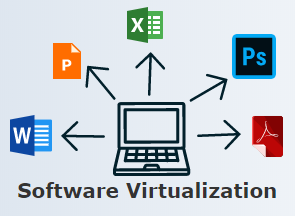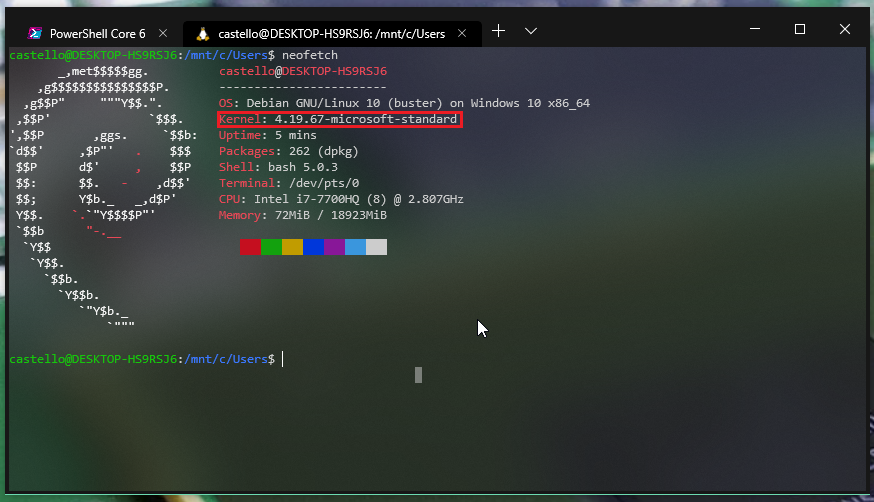

- #HOW TO EMULATE LINUX KERNEL HOW TO#
- #HOW TO EMULATE LINUX KERNEL INSTALL#
- #HOW TO EMULATE LINUX KERNEL DRIVERS#
- #HOW TO EMULATE LINUX KERNEL SOFTWARE#
VisualKernel will begin waiting for the VM to start the SSH server: If the SSH server doesn’t start automatically, follow the instructions on this page to install and start it manually.
#HOW TO EMULATE LINUX KERNEL HOW TO#
VisualKernel will ask how to connect to the VM using SSH:


Once QEMU has been installed, click “Create a new virtual machine”.You can read more about VisualKernel integration with QEMU on this page.
#HOW TO EMULATE LINUX KERNEL DRIVERS#
If you have not installed QEMU before, click the “Install QEMU” button to automatically download a Windows build of QEMU: Note that unlike VMWare or VirtualBox, QEMU does not need to install any services or drivers on the Windows machine and can be installed without using an administrator account. Select “ Setup a new target for running Linux kernels -> Use an existing virtual machine -> QEMU“. The easiest way to get working would be to download an existing pre-built VM image, however in this tutorial we will show how to create a QEMU VM from scratch.
#HOW TO EMULATE LINUX KERNEL SOFTWARE#
If building this much software is off-putting, you may want to dabble with Arch Linux instead.This tutorial shows how to use VisualKernel and QEMU to efficiently develop and debug kernel modules. This is one reason why LFS is often described as the next level up for people who have mastered Gentoo. To install anything, you need to know how to compile and build software from source. Just remember, there is no package manager. What other software you should install is completely up to you, your wants, and your needs. Once you have a simple configuration going, you can begin to install other software that will make your system truly yours.

Step 3: Install Your Desktop, Apps, and All the Rest At this point, you can begin compiling everything else that will make up your new operating system. This is the equivalent of restarting into your new operating system, except you are not literally restarting, and the change only applies to your terminal window. Once you're done compiling the base, you will "chroot" into your new system. Your base system is what you need to create a bootable system that can stand up on its own, without the continued need for you to continue working from a separate distro.


 0 kommentar(er)
0 kommentar(er)
